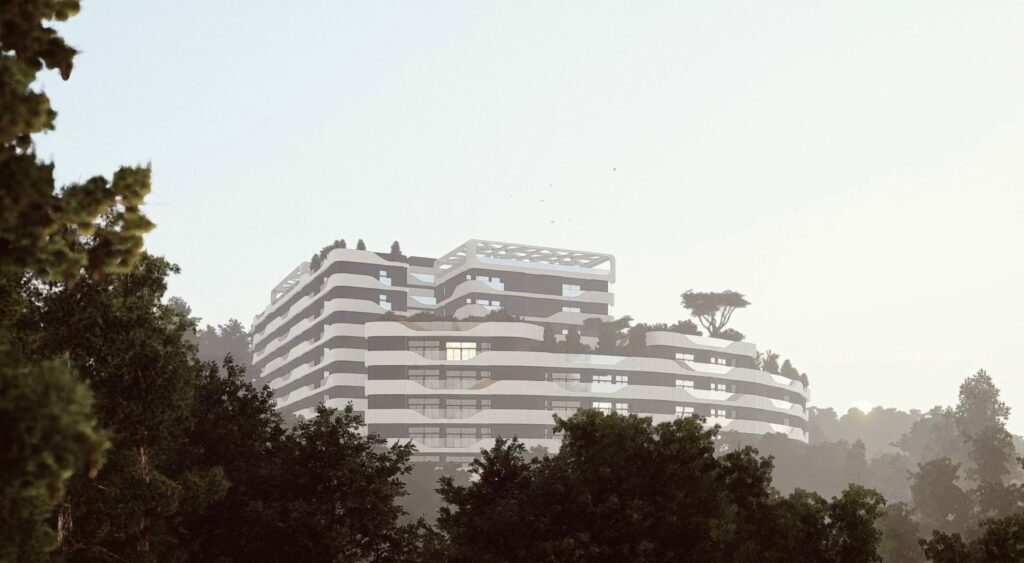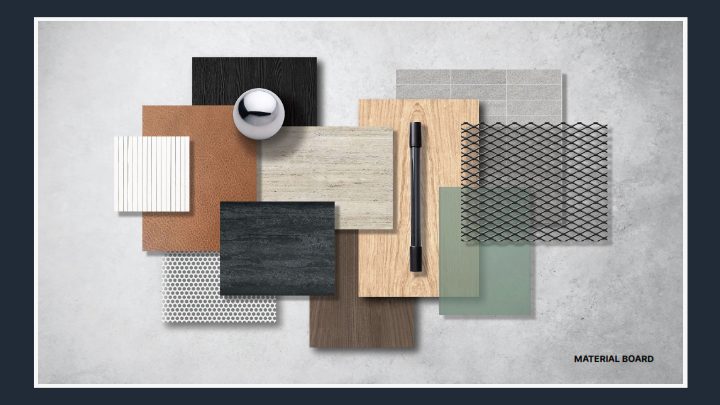Architecture has always been a reflection of the society and culture it serves. As we enter a new decade, it is exciting to consider how architecture will evolve in the next 10 years to address the challenges and opportunities of our time.
Here are some trends that are likely to shape the future of architecture in the next decade:
- Sustainability: With climate change and the depletion of natural resources becoming increasingly urgent concerns, sustainability will continue to be a key driver in architecture. This means designing buildings that are energy-efficient, use renewable materials, and have minimal impact on the environment.
- Technology: Rapid advancements in technology are transforming the way we design and construct buildings. From 3D printing and virtual reality to building information modeling (BIM) and artificial intelligence (AI), architects will have access to new tools and processes that will enable them to design and build more efficiently and sustainably.
- Wellness: The concept of wellness is becoming increasingly important in our lives, and it will also be a significant factor in architecture. Architects will consider the impact of buildings on people's physical and mental health, incorporating features such as green spaces, natural light, and access to fresh air.
- Flexibility: As the nature of work and living continues to evolve, architecture will need to be more flexible and adaptable to meet changing needs. This could mean designing buildings that can be easily reconfigured, or creating modular structures that can be assembled and disassembled as needed.
- Resilience: With natural disasters and other crises becoming more frequent, architects will need to design buildings that are resilient and can withstand extreme weather events and other shocks.
- Urbanization: The world is becoming more urbanized, and architects will need to design buildings that can accommodate growing populations in cities. This means designing buildings that are efficient, sustainable, and adaptable to the needs of urban residents.
- Cultural Context: As the world becomes more connected, architects will need to consider the cultural context in which their buildings will be located. This means designing buildings that reflect local traditions, values, and aesthetics.
In conclusion, the future of architecture in the next 10 years will be shaped by a range of factors, including sustainability, technology, wellness, flexibility, resilience, urbanization, and cultural context. Architects who can adapt to these trends and create buildings that meet the needs of people and the planet will be well-positioned to succeed in the years ahead.





